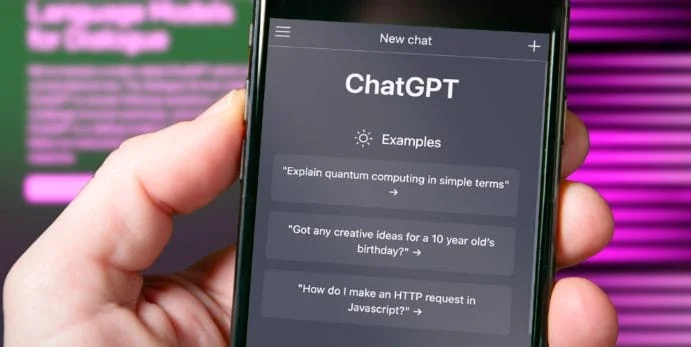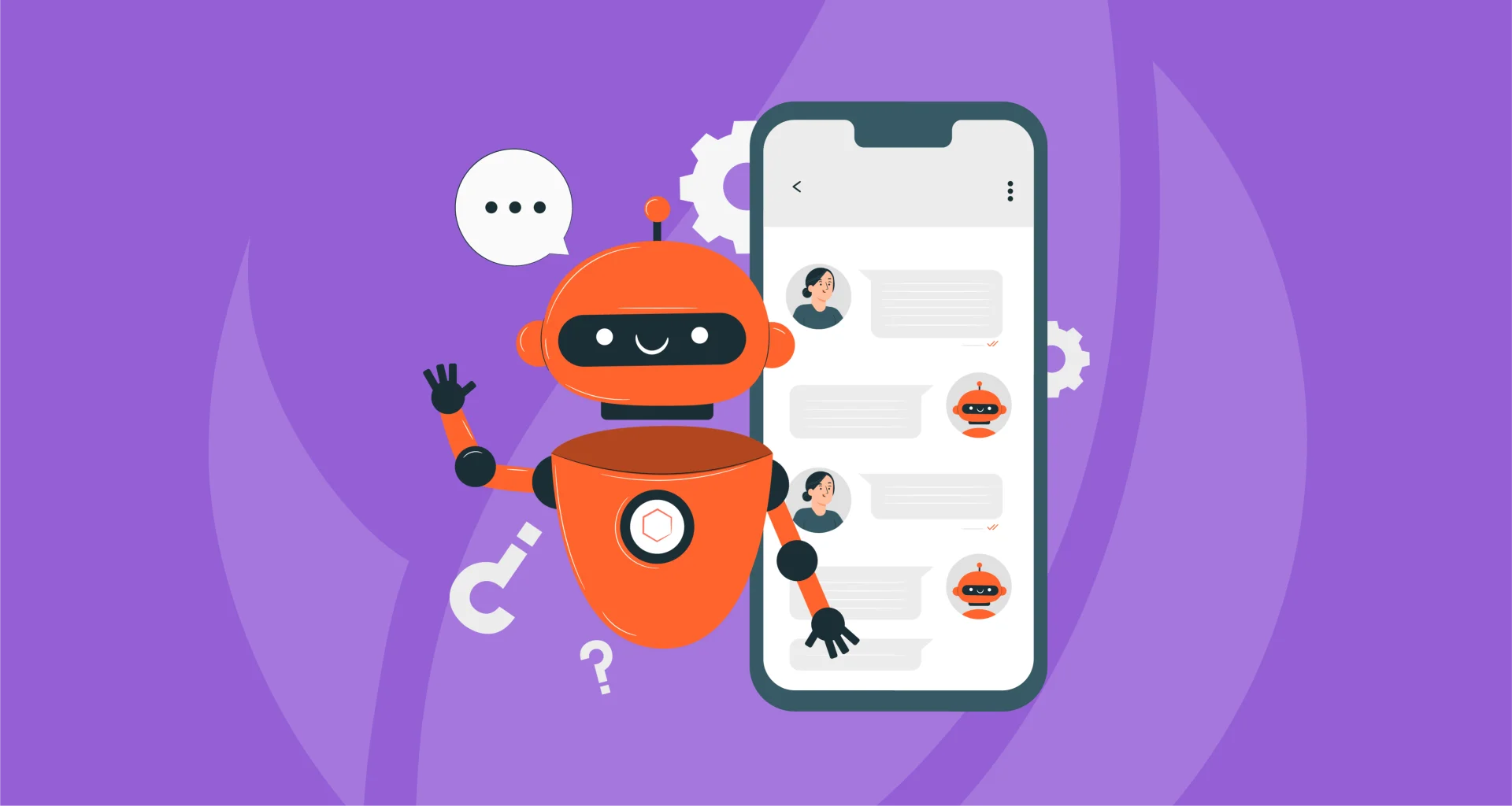The digital age has witnessed a remarkable evolution in content creation, prominently marked by the event of AI writing. This technology, driven by artificial intelligence, revolutionises how we produce content. Imagine simply inputting a text prompt and receiving complete, coherent content within seconds. That’s the power of AI writing tools, which have significantly grown in popularity and variety over the past year.
Understanding How AI Writers Operate
These tools, predominantly based on OpenAI’s GPT-3 model, employ large language models (LLMs) to generate text. LLMs predict word sequences based on extensive datasets, creating contextually appropriate sentences. While generally accurate, AI can sometimes produce errors or “hallucinations,” a factor to be mindful of.

The Need for Vigilance in the AI Era
Despite the convenience of AI writing, discerning AI-generated content from human-written work remains crucial. AI detectors have emerged to assist in this, but no method is foolproof. The content produced by AI, such as ChatGPT, is often based on vast datasets but lacks updates beyond a certain point, making accuracy a concern, especially for recent topics.
Challenges and Considerations
AI writing tools offer numerous benefits, including enhanced productivity and accessibility for non-writers. However, they also pose challenges. The distinction between AI and human writing is blurring, raising issues around emotional depth, creativity, and originality. Furthermore, concerns about plagiarism and misinformation loom large, necessitating the responsible and ethical use of AI in content creation.
Tone and Style
One of the biggest issues with AI content is how inconsistent the tone and style can be. While AI models have made incredible progress over the last year, they still struggle with producing human-like content. This can be attributed to the data that GPT3 models were trained on. When LLMs make content, they use association to determine the probability of word placement. Therefore, the output is often strung together, giving it a lack of transition words or varying tones, making it almost robotic.

Accuracy
Another red flag is a lack of accuracy. ChatGPT was trained on a huge amount of data through 2021. Therefore, the results will undoubtedly be skewed if asked about current events or information after that date. So, when reading content on the internet, it’s imperative to fact-check everything. Recent updates to ChatGPT include verbiage indicating that the answer is relevant as of September 2023. When asking questions about current events. Keep in mind, however, that even though this update is helpful, it is still possible to get output that isn’t accurate.
Lack of Personal Touch
A great way to spot computer-created content is by noting a lack of personal opinion or emotion. Most human writers will incorporate slang or provide personal opinions throughout their writing. Alternatively, computers are more matter-of-fact, only presenting you with an answer. You usually won’t find any emotions or beliefs.
To Conclude…
As we navigate this new era of AI-generated writing, it’s imperative to stay informed and critical. While AI writing tools open up new possibilities, they also introduce complexities that require careful consideration and a discerning eye. By understanding the workings, benefits, and limitations of AI writing, we can harness this technology responsibly, ensuring a balance between innovation and authenticity in the digital content landscape.










